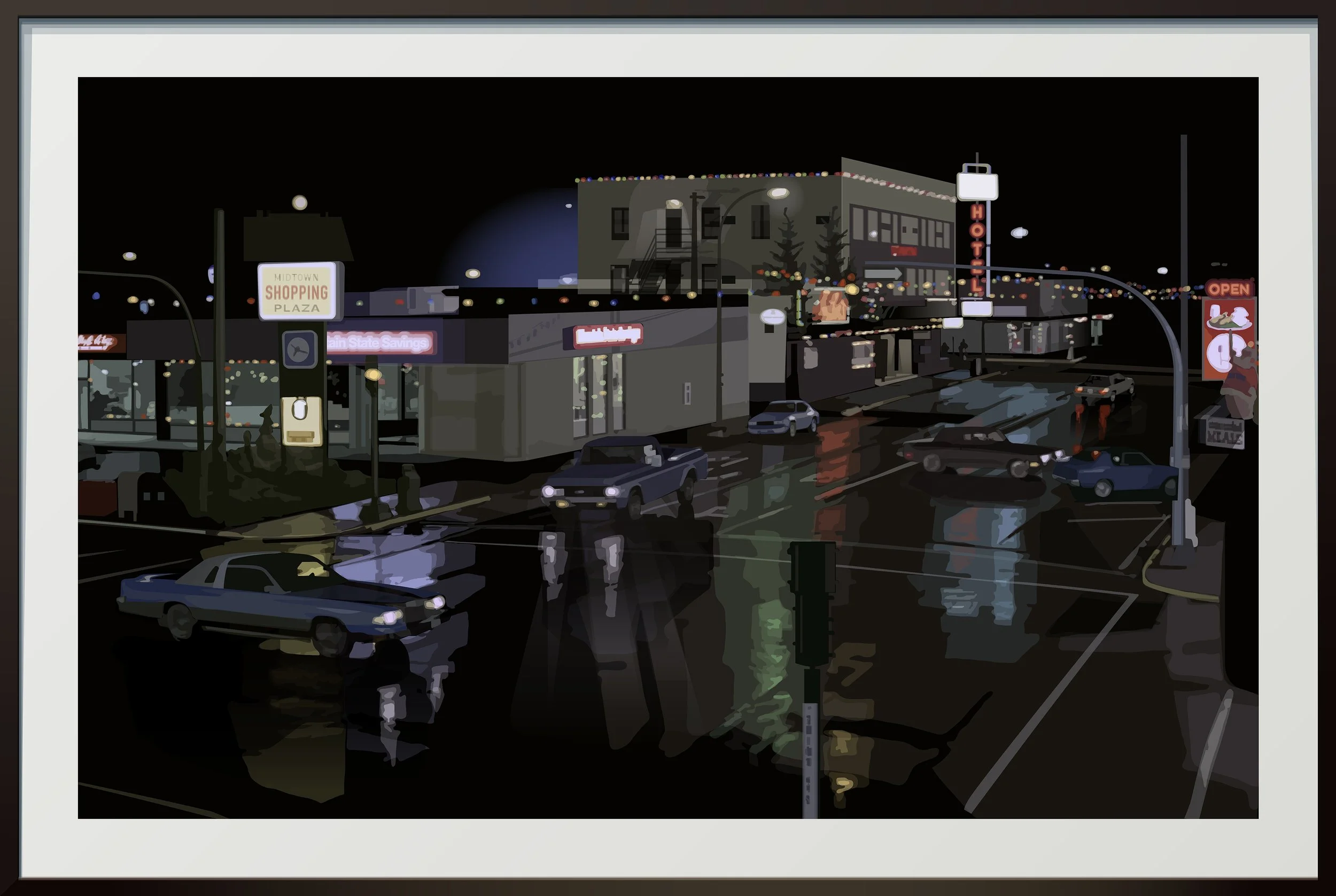Parallel Lines: Bruno Ceschel
Lean Lui ©
Federica Belli The language of photography is still among the most contemporary ones, despite the growing diffusion of other digital arts. Which forms of photography do you find particularly exciting in our time?
Bruno Ceschel Some technical aspects of photography are particularly exciting on a technical side: the overlapping of photography and moving image, the whole development of NFTs and their influence on the trade, copyright and ownership of photography. On a more philosophical level, I enjoy photography that gives voice to social communities which could not be heard before. There is a shift currently in terms of who is telling stories and which ones. I am looking forward to such developments, even though we are still far from a rebalance in terms of gender and ethnical expression. It’s not as much as about the story being told, as it is about who is telling the story.
F.B. The organisation you have founded, Self Publish, Be Happy, precisely corresponds to the focus of this column – supporting and promoting the work of emerging photographers. What gave you the final push to try and fill such gap?
B.C. There are two main aspects to it. First of all I was an emerging photographer myself, thus I was promoting the work of my own contemporaries with which I had an affinity. Such aspect has remained in the DNA of the organisation even as we have evolved to welcome the work of more established photographers. A second aspect is that, a lot of the projects involve a specific attention towards education – a side which is probably linked to my teaching in universities. Even as we prepare the programmation of museums or we publish books, the focus remains on formation.
Kanghee Kim ©
F.B. Lecturing at some of the main photography universities in the world – from ECAL to UAL to Ithaca College – you touch the upcoming vanguard of photography. Given how specific formation in photography is often disregarded, I wonder under which aspects do you see students grow the most as a result of the courses?
B.C. I only teach in MA programs, which means the courses are not centred on technical skills. Students, usually in their mid 20s, apply with a developed portfolio. Both MAs are two year long journeys which always prove to evolve in a very personal and psychological direction. Also, people applying to a MA usually already have the feeling that something has to shift as much in the way they take pictures as in their approach to the language. For most students, the change between the first and the third year is impressive. After that, some continue in photography while others transition to other fields, yet I feel like that is really not the point: we focus mostly on psychological growth in the educational process.
F.B. After all, these students enrol in MAs with an expectation of growth, thus I guess they tend to be open to change already. In a sense the photographic industry, due to its excitingly fluid and fast-evolving nature, can prove to be quite a challenging ambience for emerging photographers who do not have an internalised and structured approach to their practice. How do you advise students to find a fulfilling creative routine?
B.C. It’s quite complicated. Often students come in naively expecting any creative endeavour to have this romantic tint for which art comes from within, it stems from inspiration. However, all the most successful people I know in these fields are hard workers. Sure, there is a sort of genius underneath, some message to be expressed, yet it remains a practice. And as such, it requires constant attempts. Less romantically, what matters most is the establishment of a sort of routine, a structure like any other job requires. It is about showing up at the studio and investing in structure, in a scheme that serves you for the rest of your career; such structure can stem either from an internal need or from commissions, yet it has to be there. It is a fundamental element in the process of finding a balance between the creation and the reward of making it work also economically.
Jake Kehar ©
F.B. Though it might sound dull and not so romantic, in a sense it also is: building a structure requires to fall in love with one’s practice and to come to terms with one’s soul. It becomes a process of self-discovery and acceptance of repetitive work. Something that often helps is becoming part, even temporarily, of a community or art scene. The latest Open Call of SPBH is the MEP x Self Publish, Be Happy Residency 2022, a new art residency workshop hosted by the Maison Européenne de la Photographie in Paris. The most important aspect to such events is generally the selection of participants, how are you approaching the creation of the group?
B.C. This residency is an experiment hosted by the MEP – a structure which also hosts the archive of our publications, three thousands books and magazines. As the archive is not there just to be studied but also material to influence and shape our present, we resolved we would bring there five practitioners within photography and digital art in order to have a workshop together. They are required to collaborate and create an artwork to be shown at Paris Photo and to be then acquired by the MEP. The selection criteria, just like it happens for the MA at ECAL, center around a balance between the quality of the work and the creation of a group which is more than the sum of its parts. The latter depends on the background and the part experience of each member, so that the group can gain from the enrichment of every person. The residency also involves a DJ and a graphic designer, so I guess there will be cross-contamination and unexpected pollination between each participant.
Photo Editing by Lenin Arache










